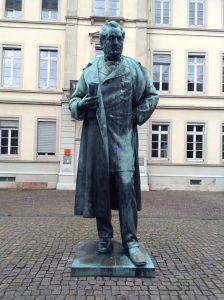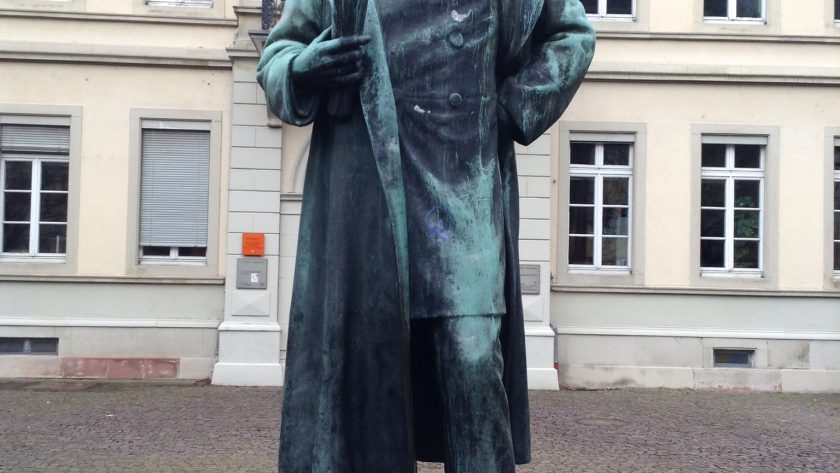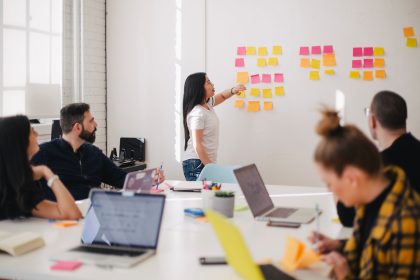 Developing competency as a coach includes training. Training generally includes an opportunity to practice techniques during learning exercises. Some of the practice occurs in class, and ideally participants are also practicing outside of class.
Developing competency as a coach includes training. Training generally includes an opportunity to practice techniques during learning exercises. Some of the practice occurs in class, and ideally participants are also practicing outside of class.
Whether practicing in class or practicing outside of class, different people learn differently. A visual learner prefers diagrams, illustrations, and a clear view. Auditory learners prefer hearing the information and process both words and intonations. Kinesthetic learners prefer a hands-on approach. When all three learning styles are incorporated and used, the learning is enhanced and retention increases. Training programs include learning exercises to engage all three learning styles and enhance competency development.
As a student coach, learning exercises include practicing specific techniques and practicing coaching utilizing multiple techniques. Moving beyond simply acquiring and processing information, learning exercises involve the application of the information. Practice enhances awareness of how the information is used moving to a deeper level of learning.
Some hesitate to participate in learning exercises because they think role-playing is silly; is practicing a technique or a skill role-playing? Some hesitate because they are unsure of their own ability; is it possible to develop the ability without practicing it?
In the Certified Professional Coach program, before practicing coaching participants are assigned to practice specific techniques. This builds skill and the reports written about the practice call for reflection on outcomes, which in turn enhances the learning. During the coaching practicum part of the program, immediate feedback is provided during the coaching practice. This serves to maximize awareness for using the techniques and for skill development.



